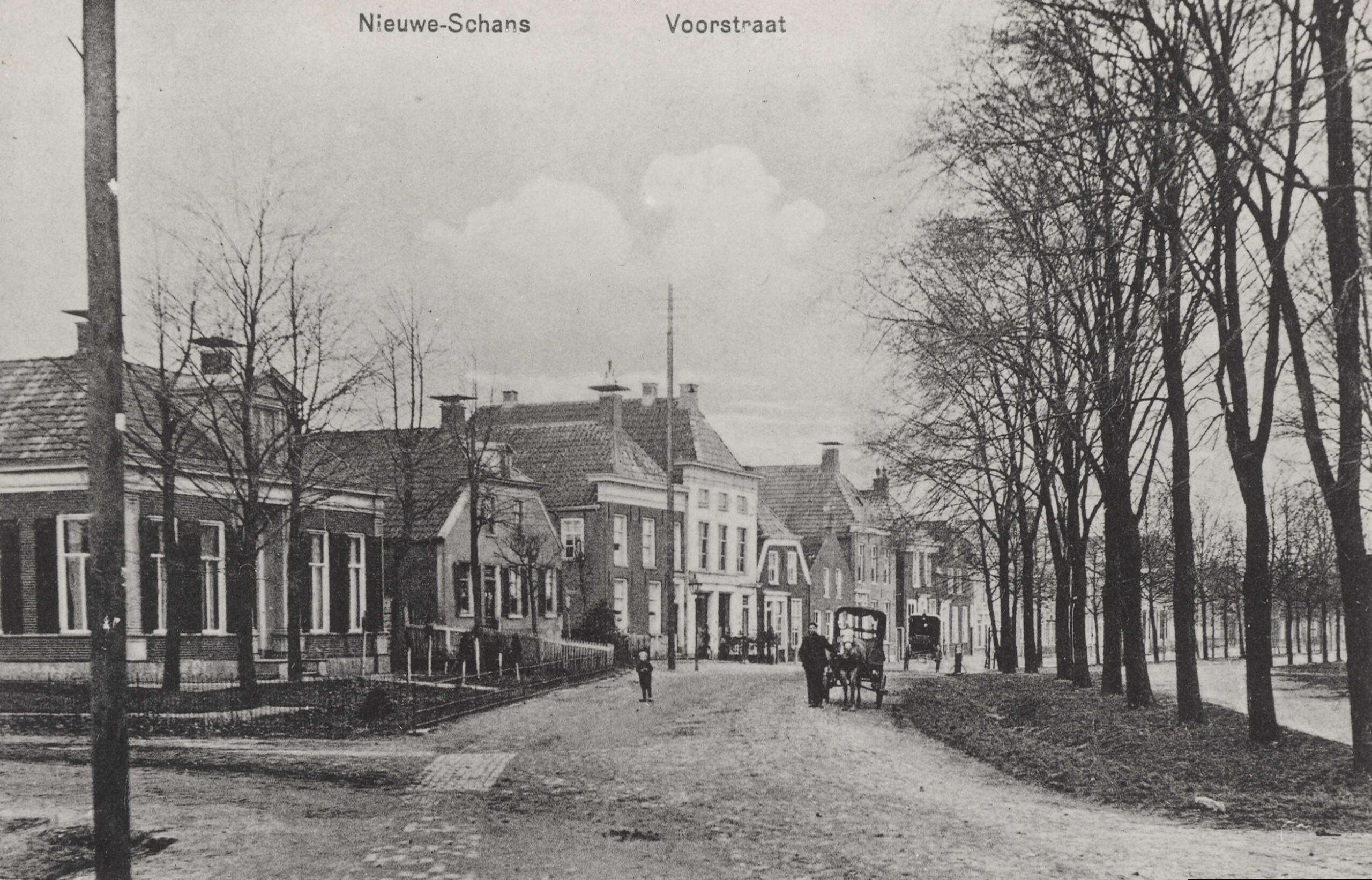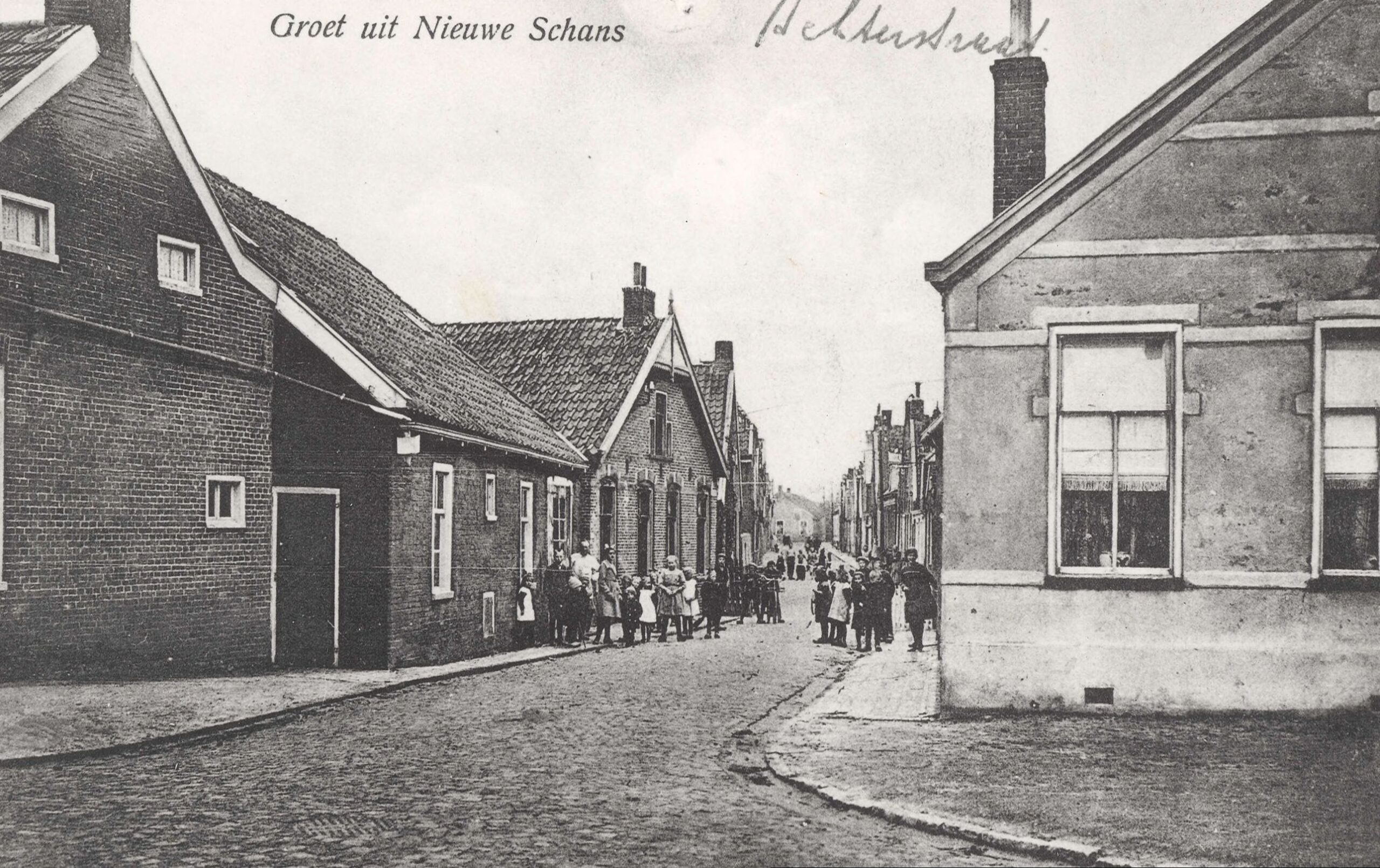The Schanskers are known for their active participation in events and festivities, which contribute to a strong village identity.
The Schanskers are proud of their heritage, value traditions and have a lively community where everyone is welcome. This unique lifestyle - a combination of history, solidarity and local pride - makes Bad Nieuweschans a special and engaged village in Groningen.
Bad Nieuweschans' rich history.
In the early 17th century, Bad Nieuweschans was set up as a fortress by the States to defend against raids by the Spanish and the Westphalians. This made the village an important strategic point.
Around 1630, the village became known as a seaside resort because of the thermal springs discovered there. This spring was soon used for medicinal purposes, making the village an important destination for people seeking health benefits.
During the 19th century, Bad Nieuweschans' popularity as a spa resort increased. The construction of the Bathhouses and the thermal baths attracted visitors from far beyond the region.
The construction of the railway line to Groningen provided greater accessibility to the village. It stimulated both tourism and trade, and brought greater economic prosperity.
The Jewish community in Bad Nieuweschans was flourishing around the beginning of the 20th century. In 1910, a synagogue built, which became an important social and cultural centre for Jewish residents.
During World War II, Bad Nieuweschans became a strategic hub because of its location near the German border. The Jewish community was hit hard, with many residents deported to concentration camps.
After the Second World War, Bad Nieuweschans began the rebuild of its infrastructure. This included the renovation of the centre and the rise of tourism as an important economic factor.
The historic centre of Bad Nieuweschans was in 1980 protected as a townscape to preserve the unique character of the village. This ensured that many old buildings, including the fortifications and the synagogue, were preserved.
In the 2000s, the thermal springs brought back into the spotlight, with the renovation of the Thermal bath Bad Nieuweschans, which again became a popular wellness centre.
Today, Bad Nieuweschans is a thriving tourist village that offers both historic sights, wellness, and natural beauty offers to visitors from within and outside the Netherlands.



